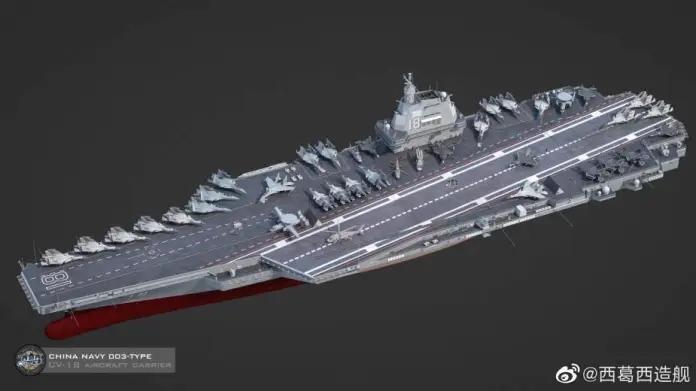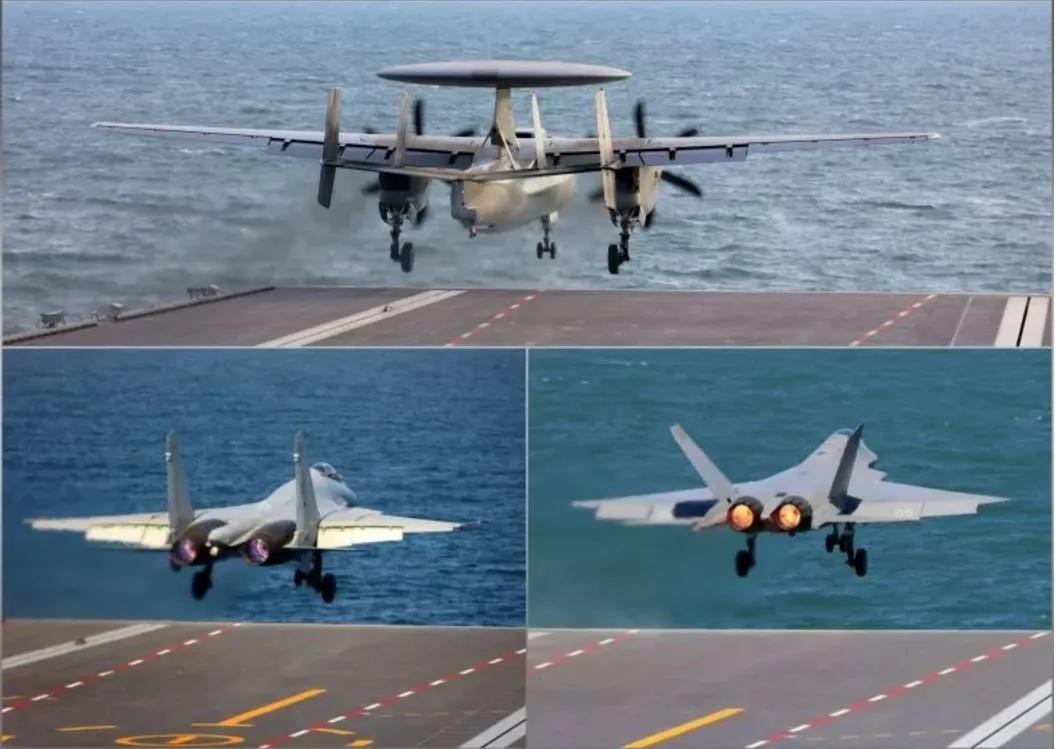Fujian’s Flight Deck Dilemma: How Design Flaws May Undercut China’s Most Advanced Aircraft Carrier

China’s third and most ambitious aircraft carrier, the Fujian, is on the verge of joining the People’s Liberation Army Navy (PLAN). Weighing in at around 80,000 tons, the Fujian represents a technological leap for China — it’s the country’s first indigenously designed carrier and the first to feature an Electromagnetic Aircraft Launch System (EMALS), a capability previously exclusive to the United States.
With EMALS, Fujian can launch heavier, more fuel-loaded aircraft faster and more efficiently, marking China’s entry into the elite circle of advanced naval powers. Yet, even before its official induction, serious questions are emerging about critical design flaws that could drastically limit its operational performance.
A Milestone Shadowed by Structural Setbacks
The Fujian completed its ninth and final sea trial in September 2025, crossing the Taiwan Strait en route to Hainan Province. During the same period, China achieved a notable milestone—successfully launching three aircraft types using EMALS:
-
The J-35 stealth fighter,
-
The J-15T carrier-based jet, and
-
The KJ-600 airborne early warning aircraft.
State media celebrated these tests as proof that the Fujian had reached “electromagnetic catapult and recovery capabilities,” a crucial step toward operational readiness.
But as excitement built, analysts began to notice something troubling. A documentary aired on Chinese state television (CCTV) in August appeared to expose fundamental flaws in the Fujian’s flight deck layout. The footage showed how landing aircraft would have to taxi across active launch catapults — a design issue that makes simultaneous takeoffs and landings virtually impossible.
The Flight Deck Flaw: A Bottleneck in Battle
According to defense analysts, the No. 2 and No. 3 catapult lines on the Fujian overlap with or sit within the diagonal landing runway. This means that during aircraft recovery, these catapults can’t be used, severely limiting sortie rates — the number of aircraft that can take off and land per hour.
Even the No. 1 catapult, which doesn’t directly intersect the landing strip, becomes unusable when planes taxi across it to reach maintenance zones.
In simple terms, when Fujian’s pilots are landing, almost no aircraft can take off. That’s a major operational handicap.
As South Korea’s Chosun Daily noted, this analysis was allowed to circulate openly on Chinese media — suggesting that Beijing is aware of these limitations.

Performance Gap: 60% of a U.S. Carrier’s Capacity
Two former U.S. Navy carrier officers told CNN that these design inefficiencies could limit Fujian’s air operations to about 60% of the capacity of a 50-year-old U.S. Nimitz-class carrier.
For perspective, the Nimitz carriers — though built decades ago — remain the backbone of U.S. naval power and are nuclear-powered, unlike Fujian’s conventional propulsion. The Nimitz deck design allows for simultaneous takeoffs and landings, maximizing combat readiness and minimizing risk.
Carl Schuster, a former U.S. Navy captain, pointed out that Fujian’s landing angle is only 6 degrees off centerline, compared to 9 degrees on American carriers. This smaller offset, combined with a longer landing strip, encroaches on the takeoff area — raising collision risks and forcing slower, more cautious operations.
Growing Pains of a New Naval Power
Experts agree that some of these flaws stem from a late-stage design change. Reports suggest that Fujian was initially planned to use steam catapults but switched to EMALS during construction. Since electromagnetic catapults require longer launch strips (over 100 meters versus 70 for steam), the adjustment may have disrupted the deck’s balance between takeoff and landing zones.
Moreover, Fujian’s diesel propulsion system limits its endurance compared to nuclear carriers, meaning it can’t sustain prolonged high-tempo operations as effectively as its U.S. counterparts.
Still, military observers note that such growing pains are natural for a navy that’s still relatively new to large-scale carrier operations. As one retired U.S. aviator remarked, “The Chinese don’t yet know what they don’t know about carrier ops — those lessons only come through years of experience and, unfortunately, sometimes tragedy.”
Looking Ahead: Type 004 and the Next Leap
China’s next carrier, the rumored Type 004, is already under development and could be nuclear-powered — a move that would put it on par with U.S. supercarriers in propulsion and endurance. If Fujian represents China’s EMALS learning curve, the Type 004 may become its first truly competitive platform against U.S. naval power.
Until then, however, the Fujian’s design issues serve as a sobering reminder that technological breakthroughs must align with operational realities. Despite its impressive EMALS system and massive size, the Fujian may fall short of the seamless efficiency that defines modern carrier warfare.
Conclusion
The Fujian’s induction will still mark a proud milestone for China’s navy — a visible symbol of its ambition to rival American sea power. But beneath the surface of innovation lies a critical truth: power projection at sea depends as much on design discipline and experience as on cutting-edge technology.
If China’s engineers and naval planners can learn from the Fujian’s flaws, the next generation of Chinese carriers might well transform the balance of power on the world’s oceans.
- China_aircraft_carrier
- Fujian
- EMALS
- Chinese_Navy
- PLAN
- Fujian_design_flaws
- military_technology
- naval_warfare
- aircraft_carrier_comparison
- US_Navy
- Nimitz_class
- Type_004
- defense_analysis
- maritime_power
- China_military_modernization
- carrier_operations
- naval_engineering
- global_defense
- military_strategy
- Indo-Pacific_security
- Business
- Art
- Causes
- Crafts
- Dance
- Drinks
- Film
- Fitness
- Food
- Games
- Gardening
- Health
- Home
- Literature
- Music
- Networking
- Other
- Party
- Religion
- Shopping
- Sports
- Theater
- Wellness
- Technology
- Cryptocurrency
- Psychology
- Internet
- Ecommerce
- Family
- Others


